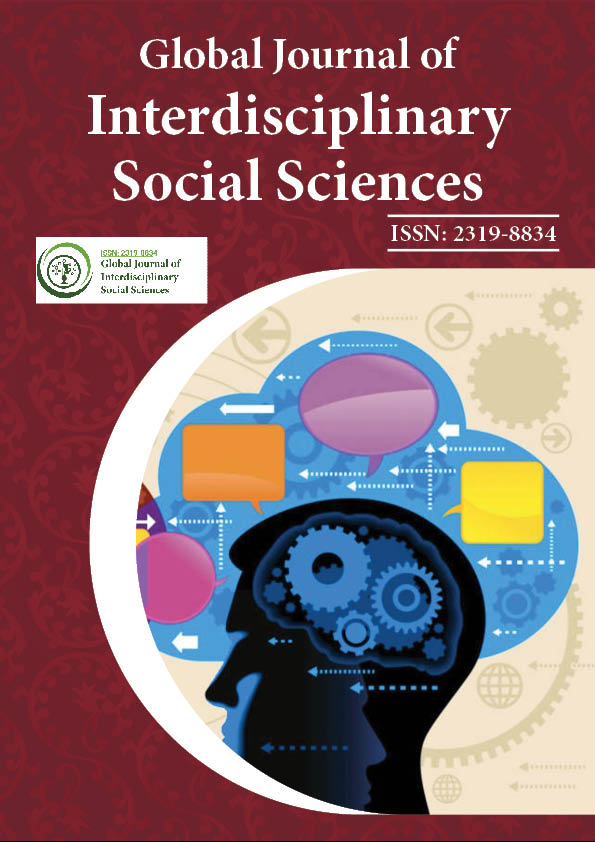Indexed In
- JournalTOCs
- Google Scholar
Useful Links
Share This Page
Journal Flyer

Open Access Journals
- Agri and Aquaculture
- Biochemistry
- Bioinformatics & Systems Biology
- Business & Management
- Chemistry
- Clinical Sciences
- Engineering
- Food & Nutrition
- General Science
- Genetics & Molecular Biology
- Immunology & Microbiology
- Medical Sciences
- Neuroscience & Psychology
- Nursing & Health Care
- Pharmaceutical Sciences
Abstract
Socio -Cultural Changes of Tribes and Their Impacts on Environment with Special Reference to Santhal in West Bengal
Subrata Guha and Md Ismail
A tribe is a group of people living under primitive condition and still not popularly known to more modern culture. There are numbers of tribes living all over India as well as various parts in the World. More than 55% of the total tribal population of India are living in central India like Bihar, West Bengal, Orissa, and Madhya Pradesh and remaining tribal population is concentrated in the Himalayan belt, Western India, the Dravidian region and Andaman, Nicobar and Lakshadweep islands. According to D.N Majumdar, tribes as social group with popular association endogamous with not any particular of functions governed by tribal ruler or otherwise, united in language or dialect recognizing social distance with other tribes or castes. Out of them, Santhal is an important tribe which contributes more than 50% of the Indian tribal population. The paper tries to explain heartening situation of Indian tribes with reference to Santhal communities in Birbhum district and also finds out various cultural as well as food habits, religious practices, social system like marriage and various types of awareness. Social change is one of the important issues which can determined the level of development and change in the pattern of life style. L.M Lewis believes that tribal societies are small in scale are restricted in the spatial and temporal range of their social, legal and political relations and possess a morality, a religion and world view of corresponding dimensions.
